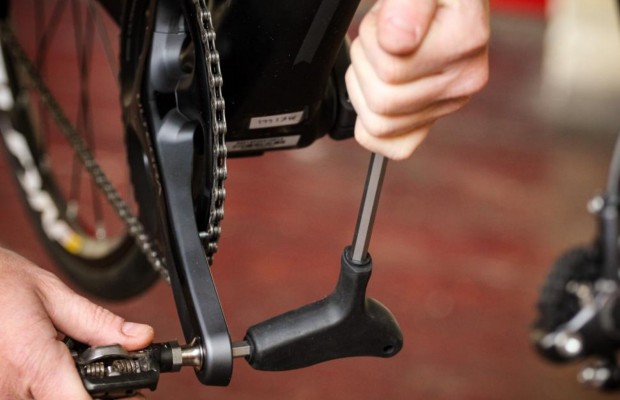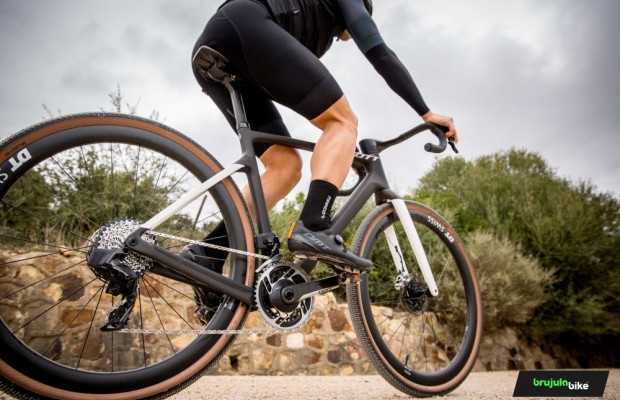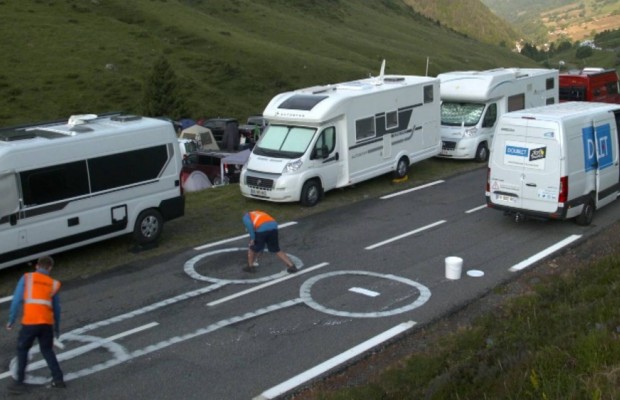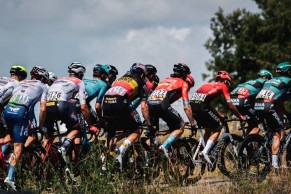A new Trek Madone spotted at the Critérium du Dauphiné
At the recent Critérium du Dauphiné, several Trek Segafredo riders were seen with a new Trek Madone model that has not yet been presented.

Total revolution in the new Trek-Madone
Watching the live broadcast most people didn't notice, it's hard to notice specific bikes in the peloton if the cyclists riding them are not the protagonists of the stage. However, it didn't go unnoticed by the French portal Matos Vélo, which was present at the race and has uncovered Trek's best-kept secret.
Although in recent years the Tour de France is usually the place chosen, taking advantage of the media impact of the most important cycling event in the world, to present their new racing models, it is also true that no team incorporates a new bike without first having tested it in training and competition.
RECOMENDADO

How to wash your cycling clothes? 10 keys to make them always look new

The real importance of signing up for a race

How to change the pedals of any bike in 5 steps

The best gravel groupsets of the moment

Complete list of the highest paid cyclists of 2025

This is how they erase the penises that are drawn on the roads of the Tour de France

As a prelude to the Tour, the Critérium du Dauphiné is also the place where brands put the finishing touches to the bikes that will see the light in the Tour, often trying to avoid any loudspeaker. Such is the case of the new Trek Madone used during the first stage of the race by Tom Skukins, Tony Gallopin and Jasper Stuyven, who finished 6th in the sprint that decided this partial.
Total change for the new Trek Madone 2023
For Trek, Madone has been synonymous with the most advanced bike in its catalog since the days when they named their flagship model after the Col de la Madone, a mountain pass near Nice where Lance Armstrong used to test. A model that has evolved from a purely climbing bike to an advanced aerodynamic bike.
The new design of Trek's flagship model could not be more radical and represents a total transformation from the last generations. The first thing that catches the eye is its split seat tube at the top, creating a continuous structure from the seat stays to the top tube. The latter tube extends backwards as a spoiler, the gap between the lower part of the seat tube, the split and the extension of the top tube acting as a kind of airflow diffuser like those found in Formula 1 single-seaters.

Photo: Matos Velo
Above the top of the horizontal tube, the tube regains its profiled structure that houses a mini saddle post similar, at first glance, to the one used by previous models.
The front end also features changes such as the increase in width and depth of the down tube and the rearward extension of the head tube. All with one goal in mind: to take the aerodynamic performance of the new Madone to a new level.
Without IsoSpeed
One of the most striking changes on this bike is the absence of the IsoSpeed absorption system that Trek kept on its most aerodynamic model to soften the feel of a model as stiff as this one. Apparently, this new Madone has been reinforced at the bottom bracket level as the massive look of the lower area and its thick chainstays seem to reveal.

We remind you that the IsoSpeed consisted of isolating the seat tube from the rest of the bike to which it was joined by a small ball joint so that it could flex when receiving the impacts coming from the rear wheel adding a certain point of damping. A system that was even adjustable on the last generation Trek Madone by moving the lever arm under the top tube and placing a small dial to adjust the lever point.

Photo: Matos Velo
It is not unreasonable to conjecture, given the placement of the mini saddle post suspended above the small tail where the top tube ends, that Trek has designed the carbon laminate of this section of the bike to allow for some level of flex.
In any case, we will have to wait for the official presentation that Trek will make of this model, which will surely not take many weeks, to discover all the details that surely hides this new wonder that the Waterloo firm has built.